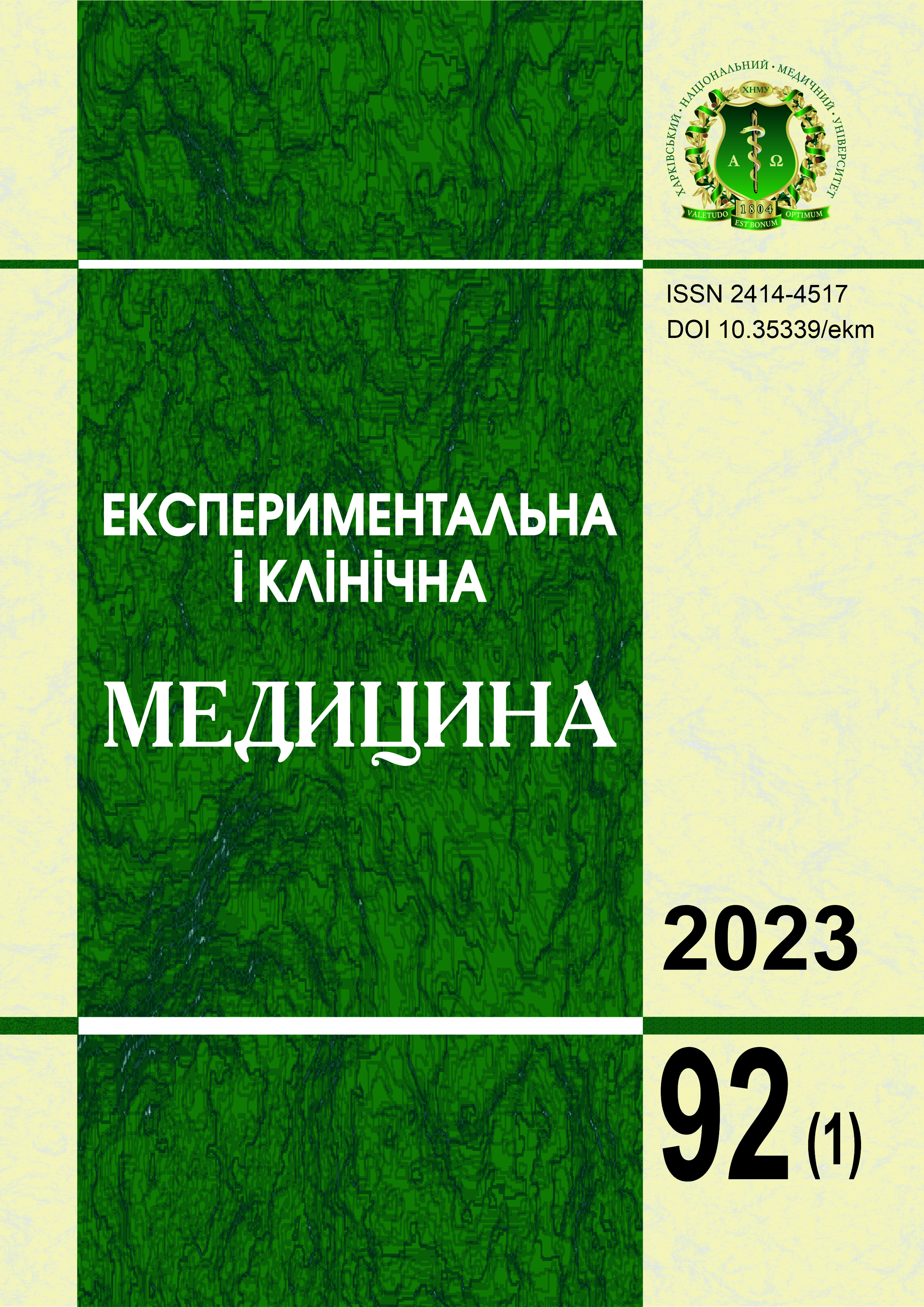Abstract
Pole acrobatics is a popular sport and fitness activity that has undergone some stigmatization but is now recognized as a form of fitness, sport, and circus art. The aim of this study was to identify the causes and frequency of injuries among pole acrobatics athletes. An online survey was conducted, and 108 participants of mature age (aged 21 to 35 for women and 22 to 35 for men) from Ukraine were selected. The study showed that 87.10% of participants experienced an injury during pole training at least once a year. Most respondents (82.40%) reported bruises, contusions, and soft tissue injuries. 30.55% of respondents reported muscle, tendon, and ligament injuries, 17.59% had joint injuries, and 21.29% had sprains or tears of ligaments. 11.11% of respondents suffered fractures or bone cracks. Only 5.60% had no experience of injury during pole trainings. 75.80% of respondents sometimes experience painful sensations in joints, ligaments, or soft tissues, while 16.70% claimed to feel them constantly. Injuries obtained during pole trainings were treated independently by 63.88% of respondents, 26.85% consulted a traumatologist, and 25% consulted a physical therapist or rehabilitation specialist. Only 3.70% required surgical intervention, and 23.14% sought help from a massage therapist. The most common cause of injury during pole acrobatics training was unsuccessful execution of an element (71.87%). 34.37% of respondents suffered injuries due to falling from the pole. The most common injuries were to the shoulders (48.1% of respondents), thighs (28.67%), wrists (27.75%), and knees (37.00%). 43.15% of respondents experienced injuries during flexibility exercises at least once. Injuries during dynamic combinations were experienced by 37.89% of respondents, 32.63% during strength lifts (flag, tulip lift), 26.31% during static strength tricks, 25.26% during catches, 17.89% during extreme acrobatic tricks (Devil Drop, Switch/Fonji, etc.), 15.78% during dismounts, 13.68% during balance exercises (handstands), 11.57% during pole climbs, 7.36% during spins, and 2.10% during pole mounts. According to most respondents, increasing the quantity and quality of safety mats, improving warm-up before training, and increasing the trainer's attention can reduce the risk of traumatic episodes. Athletes who do not pay attention to safety techniques are 13.19% more likely to get injured, while physical imbalances between the right and left sides of the body increase the risk of injury by 63.24%.
Keywords: pole dance, pole sport, prevention, trauma.
References
Goluchowska AM, Humka MI. Types of the locomotor system injuries and frequency of occurrence in women pole dancers. J Sports Med Phys Fit. 2022;62(5):661-6. DOI: 10.23736/s0022-4707.21.12239-x. PMID: 34132513.
Daineko A, Lanskikh Va, Lanskikh Ve. The history of pole dance development as a modern sport. Proceedings of the 1st International Scientific and Practical Conference "Modern Methods for the Development of Science", 9–11 Jan 2023, Haifa, Israel. Available at: https://is.gd/6eqwPx
Dale JP. The future of pole dance. Australas J Pop Cult. 2013;2(3):381-96. DOI: 10.1386/ajpc.2.3.381_1.
Gomez-Ramirez O. Swinging around the pole: sexuality, fitness, and stripper stigma in erotic dancing classes. Vancouver: University of British Columbia; 2007. 50 р. Available at: https://open.library.ubc.ca/soa/cIRcle/collections/ubctheses/831/items/1.0100889
Young M. The Rise of Western Pop Music and Pole Dancing. Materials of the International Academic Forum "Taiwanese Traditional Religious Festivals", 31 Mar–3 Apr 2016, Kobe, Japan. Available at: https://papers.iafor.org/wp-content/uploads/papers/acerp2016/ACERP2016_23477.pdf
Ruscello B, Iannelli S, Partipilo F, Esposito M, Pantanella L, Dring MB, D'Ottavio S. Physical and physiological demands in women pole dance: a single case study. J Sports Med Phys Fit. February 2017;57(4). DOI: 10.23736/s0022-4707.16.06081-3. PMID: 26842868.
Leybold M, Nadegger M. Overcoming communicative separation for stigma reconstruction: How pole dancers fight content moderation on Instagram. Organization. 2023. DOI: 10.1177/13505084221145635.
Carter F. Book Review: Pole Dancing, Empowerment and Embodiment. Sociol Res Online. 2010;15(3):155. DOI: 10.1177/136078041001500303.
Lee JY, Lin L, Tan A. Prevalence of pole dance injuries from a global online survey. J Sports Med Phys Fit. 2020;60(2):270-5. DOI: 10.23736/s0022-4707.19.09957-2. PMID: 26842868.
Naczk M, Kowalewska A, Naczk A. The risk of injuries and physiological benefits of pole dancing. J Sports Med Phys Fit. 2020;60(6):883-8. DOI: 10.23736/s0022-4707.20.10379-7. PMID: 32162500.
Kim J, Im S, Lee RS, Heo J. Body positivity through creative immersion: A qualitative study of women’s pole dancing experiences. Health Care Women Int. 2022:1-18. DOI: 10.1080/07399332.2022.2132252. PMID: 36346389.

This work is licensed under a Creative Commons Attribution-NonCommercial-ShareAlike 4.0 International License.

